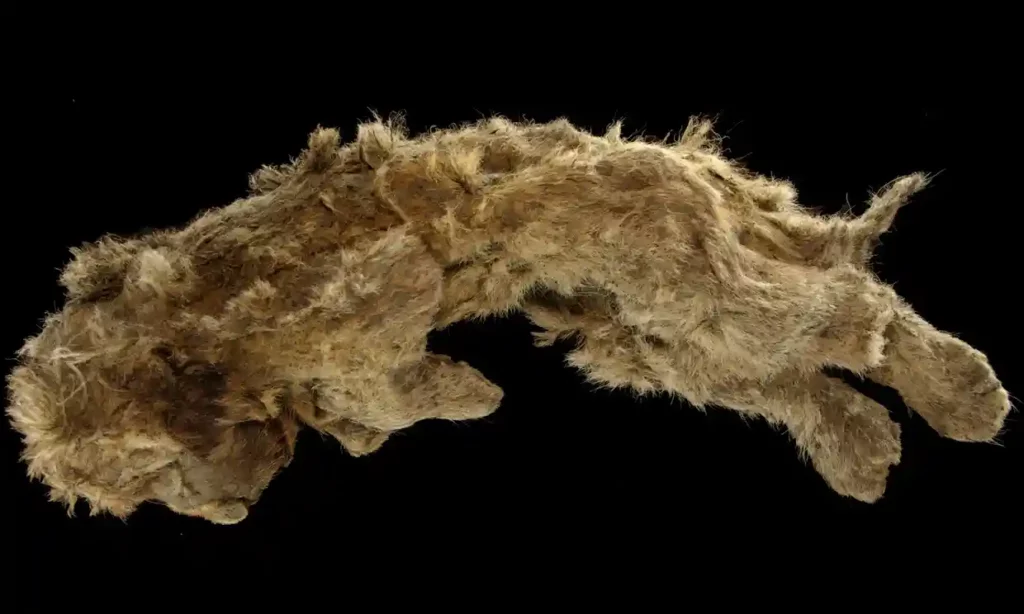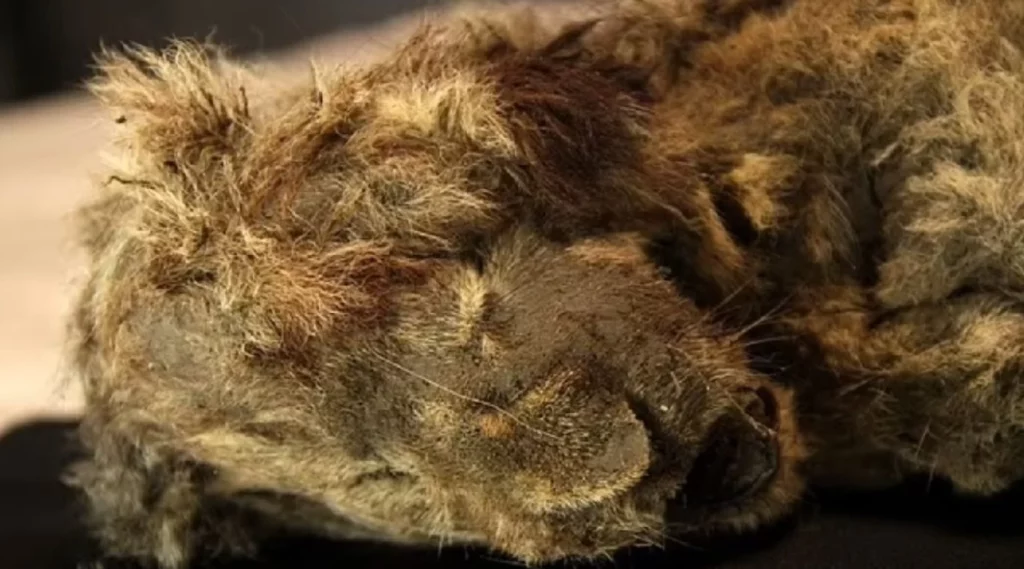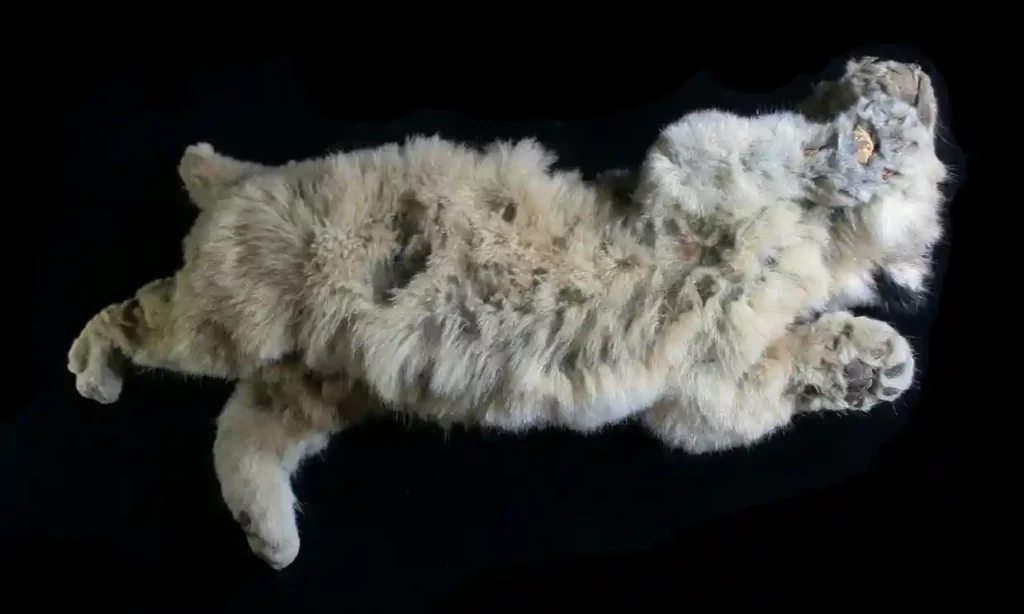Meet Sparta, the 28,000 Year Old Perfectly Preserved Lion Cub
Scientists say the remains of a lion cub, named Sparta and found in Siberia in 2018, are 28,000 years old and in excellent condition.


They say the lion cu, may still hold some of its mother’s milk inside it.
The cub was a female cave lion that researchers named Sparta. Her remains were discovered in the permanently frozen ground at the Semyuelyakh River in Russia’s Yakutia area.
The findings were part of a study published in the journal Quaternary.
According to the study, the cubs were found fifteen meters away from each other. However, scientists claim many generations separated them. The research showed that Boris lived around 43,448 years ago.

Cave lions died out thousands of years ago. The two cubs, aged one to two months old, were found by mammoth tusk collectors. Mammoths were large, hairy prehistoric elephants with very long tusks.
“To my knowledge, this is the best-preserved frozen specimen from the last Ice Age ever found,” study author Love Dalén, an evolutionary geneticist at Stockholm University’s Centre for Palaeogenetics, tells NBC News. “Sparta is in near-perfect condition.”
Cave lions coexisted with early humans for thousands of years, according to the study. For example, the Chauvet Cave in France depicts cave lions drawn on walls. The early cave paintings are estimated to be more than 30,000 years old.
The coloration of cub fur appears different than that of mature cave lions, requiring further study to determine if aging causes changes. Researchers also noted similarities in the fur between the big cats and lions of the Ice Age that still roam the savannas of Africa.
The species is thought to have smaller manes than African lions while adapting to colder climates.
Other lion cubs found in Siberia
Two other lion cubs have also been found in Siberia’s Yakutia area in recent years.
Valery Plotnikov is one of the study’s writers. He told Reuters that Sparta was so well-preserved that her fur, organs, and skeleton were still intact.
“The find itself is unique; there was not any other such find in Yakutia,” he said.
Plotnikov added that the scientists hope to find evidence of mother’s milk inside Sparta in order to learn about the diet of cave lions.
There have been numerous other similar discoveries in Russia’s larger Siberian area in recent years.
Climate change is warming the Arctic faster than the rest of the world. That increase in temperature has melted the ground in some areas that were permanently frozen.
